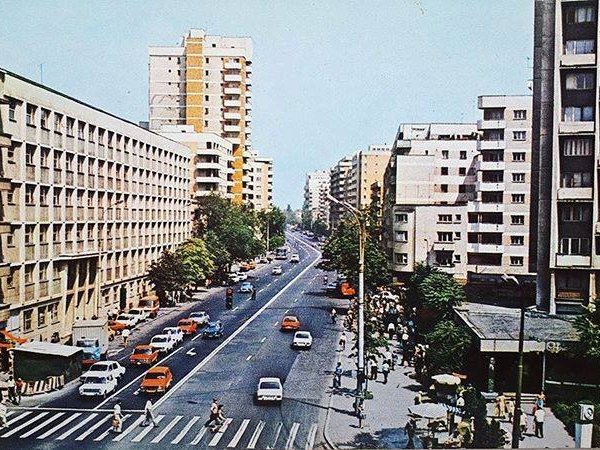Dorobanți: From unpaved roads to one of Bucharest’s most exclusive neighborhoods

By Bucharest Team
- NEWS
- 30 JUL 25
Today, Dorobanți is recognized as one of Bucharest’s most exclusive and elegant areas, attracting people who value a refined lifestyle. Although Calea Dorobanți is now known for its vibrant atmosphere, luxury cars, and upscale venues, it wasn’t always this way. The neighborhood has undergone a remarkable transformation—from dirt roads and open fields to a grand boulevard lined with stately buildings and aristocratic charm.
From dusty paths to a high-end district
The earliest mention of the area dates back to 1831, when Calea Dorobanți was little more than a bumpy, unpaved road connecting Podul Mogoșoaiei (today’s Calea Victoriei) to the road leading to Herăstrău. At the time, the landscape was dominated by orchards and farmland, with only a few modest houses scattered about. There was no sign yet of the elegance to come. In fact, an epidemiological barrier was once set up in the area to prevent the spread of cholera, marking the edge of the city’s expansion.
The name "Dorobanți" comes from the infantry soldiers who fought in Romania’s War of Independence in 1878. The transformation of the neighborhood began in the early 20th century when land parcels were sold off and the first elegant houses were built. These plots, ranging from 300 to 500 square meters, attracted notable figures of the time—drawn to the fresh air, proximity to nature, and the cooling effect of the nearby lakes during the summer months.
Calea Dorobanți: A major thoroughfare and lifestyle landmark
Calea Dorobanți spans roughly 2.7 kilometers, linking Lahovary Square to Charles de Gaulle Square, right by Herăstrău Park and close to the Floreasca and Primăverii neighborhoods. It serves as a transition zone between the busy city center and the calm of northern Bucharest. The area is well connected by public transport, including four nearby metro stations.
Today, the boulevard is dotted with high-end boutiques, stylish cafés, and luxury restaurants, as well as beautifully restored historic buildings that preserve the charm of the Belle Époque era. The neighborhood regularly attracts public figures and trendsetters who cruise through in expensive cars and fashionable attire. Yet, the area’s history reminds us that it once stood for refined taste and understated elegance.
Historic buildings and stories of Dorobanți
Among the most famous heritage buildings is the Assan House, a neoclassical villa built between 1905 and 1914, known for its grand halls and marble staircase—now repurposed as an upscale restaurant. Another landmark is the former residence of Dinu I.C. Brătianu, a key political figure who was forced to live under house arrest here until the end of his life.
The P.P. Carp House, built in 1893 in eclectic style and currently home to the Turkish Embassy, is another standout. It impresses with its well-preserved architecture and vibrant color palette.
The neighborhood's history is rich with characters and anecdotes, like the once-famous tavern in Dorobanți Square, frequented by locals and everyday people who contributed to the community life of yesteryear. Though much has changed, Dorobanți still retains the charm of its historic buildings and a select atmosphere that makes it one of the most coveted residential areas in Bucharest.
A symbol of Bucharest’s evolution
The evolution of Dorobanți—from open fields and dirt paths to a refined and luxurious quarter—reflects the broader transformation of Bucharest over the last two centuries. The neighborhood remains a symbol of the capital’s history and sophistication, attracting both tourists and locals who value its past and present allure.


























